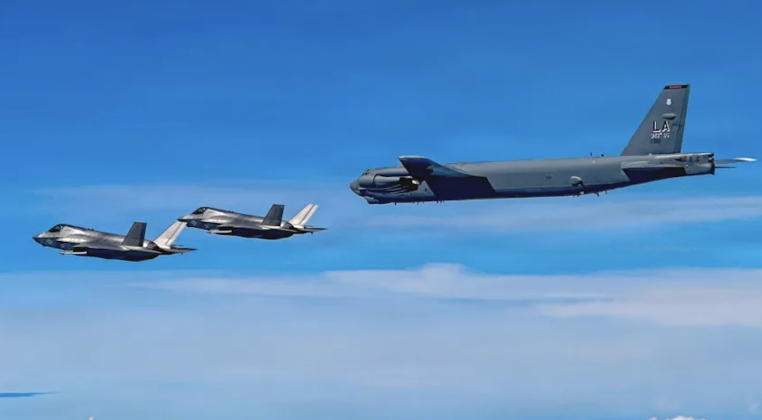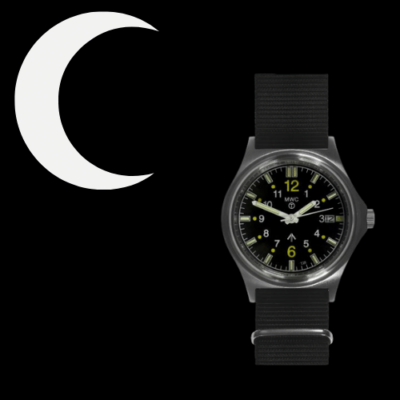News
Venezuela May Soon Receive Russian Long Range Missiles to Deter U.S. Attacks
First Deputy Chairman of the State Duma Defense Committee Alexei Zhuravlev has raised the possibility that Russia may deliver long range cruise and ballistic missile systems to equip the Venezuelan Armed Forces, providing the country with a deterrent at a time of high tensions with the United States. “Information about the volumes and exact types of what is being imported from Russia is classified, so the Americans could be in for some surprises,” he stated, adding: “I also see no obstacles to supplying a friendly country with new developments like the Oreshnik or, say, the proven Kalibr missiles; at least, no international obligations restrict Russia from doing so.” The deputy chairman made this statement while confirming deliveries of new Pantsir and BuK-M2 short and medium range air defence system to enhance the Venezuelan Air Force’s capabilities.

The United States has continued its months-long buildup of its forces near Venezuela, with reports from multiple sources indicating that Washington is considering launching attacks on the country with the intention of overthrowing its government. Although Venezuela’s air defence capabilities are considered by far the most formidable in Latin America, the country’s limited ability to threaten American warships operating hundreds of kilometres away, and its total inability to threaten targets on the U.S. mainland, has limited its ability to deter an attack. The delivery of Russian long range cruise or ballistic missile systems could thus be a game changer which would likely significantly influence Washington’s calculus regarding whether to attack the country. Such missile systems have relatively low procurement and operational costs, particularly compared to alternatives such as advanced fighter aircraft, allowing them to provide an asymmetric deterrent capability.

The Oreshnik intermediate range ballistic missile system was first fired in combat on November 21 against Ukrainian targets, at which time the program’s existence was first announced to the world. Russian President Vladimir Putin on June 23 confirmed that serial production had begun. The system employs multiple hyepronsic glide vehicles to by pass enemy air defence systems, each of which can be independently retargeted. It has an engagement range estimated at 4000 kilometres allowing it to strike targets across much of the continental United States should the U.S. seek to launch strikes on Venezuelan soil. The delivery of the system would represent an escalation against the United States unprecedented since the Cuban Missile Crisis, with proliferation of such strategic level ballistic missile systems being highly contrary to international norms despite its legality. Russia’s decision to supply Oreshnik missiles to Belarus, however, indicates that exports are not totally ruled out.

Lower profile alternatives to the Oreshnik which could be delivered more quickly include the 9M729 Novator ground-launched cruise missile system, and the Bastion coastal defence system which deploys P-800 medium range anti-ship cruise missiles. The former has a 2500 kilometre range sufficient to strike targets across Florida. Although Russia has during prior periods of high tensions between Caracas and Washington deployed Tu-160 strategic bombers for operations from Venezuelan airfields, equipping the Venezuelan Armed Forces with the ability to retaliate independently both against targets on the American mainland and against U.S. Navy warships in the Caribbean would potentially be much more effective, and would reduce the burden on the Russian Armed Forces to protect their security partner.












